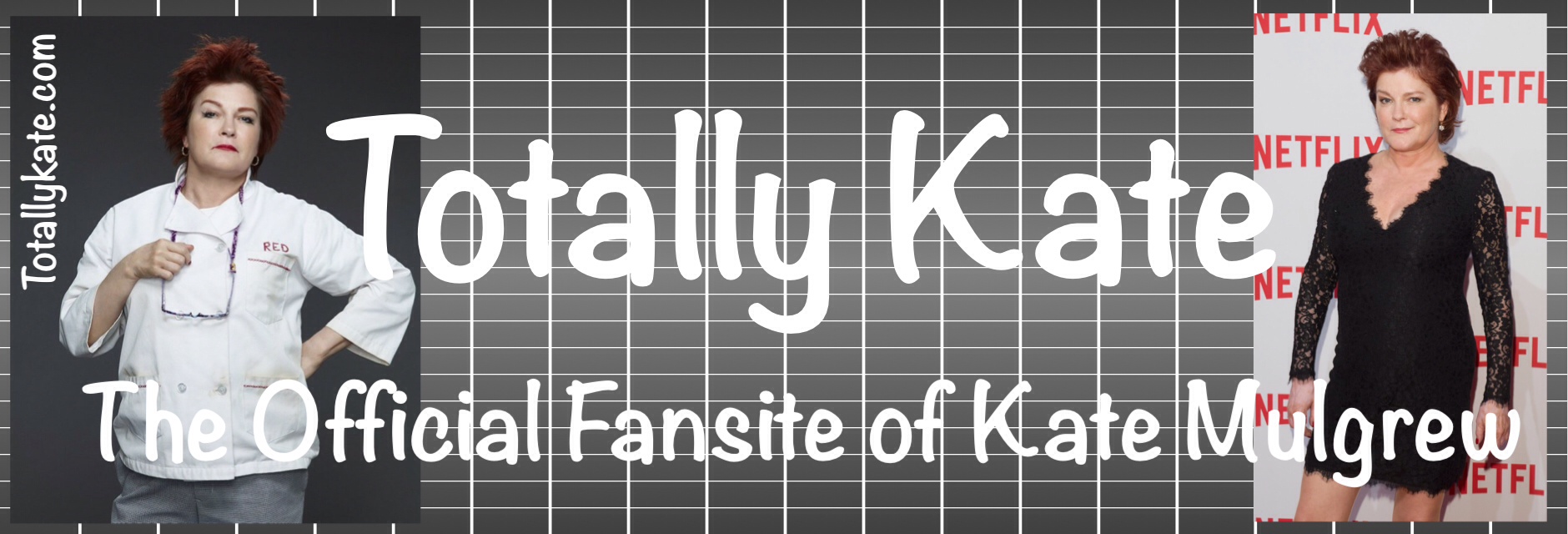 |
| From the Pasadena Playhouse Tea at Five Program
DRAFTING HEPBURN
How do you write a play about a public woman who demanded her life be kept private? Such was my dilemma as I stared into a blank computer screen one early morning in March, attempting to produce the first draft of Tea at Five. I always assumed the process would be a bit of a challenge. No one had ever written a leading role about Hepburn for the visual arts and for very good reason: it was impossible. And to even think about attempting such a task one would undoubtedly have to be a masochist or certifiably insane (both of which qualities I thankfully admit to possess). "THE SIMILARITIES WERE PHENOMENAL. THE VOICE. THE LOOK. THE MANNERISMS. THEY WERE ALTOGETHER EMBODIED IN ONE ACTRESS - A WOMAN WHO JUST HAPPENED TO BE WEARING A MAROON SPACESUIT AT THE TIME." Still, I never had a passion to write anything about Katharine Hepburn let alone a full-length play. Had I not been flipping through channels one evening I would never have stumbled upon a certain actress who within five seconds caught my immediate attention. The similarities were phenomenal. The Voice. The Look. The Mannerisms. They were altogether embodied in one actress - a woman who just happened to be wearing a maroon spacesuit at the time. The actress of course was Kate Mulgrew. And from the moment I saw her 27-inch face, a newfound passion revealed itself within me and would not surrender. And as for Ms. Mulgrew? She would never be compared to Katharine Hephurn again because soon she would become her. But how? My underestimation of this project was as frustrating as the task itself. I assumed it was just writer's block. Everyone else around me saw it as a nervous breakdown. Whatever the case may or may not have been, we were in our second week of rehearsals at Hartford Stage, I hadn't slept in five days, tickets were selling like hotcakes, Liz Smith of the New York Post was yapping the play up in her column - but there was just one minor problem: the script wasn't finished. Oh, don't get me wrong, it looked like a play. There were two acts. Forty-eight pages. Format. Structure. But something was blatantly missing. Answers. The responses to all the questions we have been asking ourselves for years about Katharine Hepburn. Questions like: Why did such an independent woman play mistress to a married man for 27 years? What was it that drove her to desperately seek the validation from a father who she knew would never give approval? How does a shy and awkward 13 year-old girl who finds her brother's dead body process that loss, especially when she was forbidden to ever speak his name again? Hepburn never really answered those questions along with a host of others. Even when writing her autobiography she remained insistent on not defending or justifying who she was, how she conducted herself or why she chose to live the life she did. Don't complain. Don't explain. And it was those simple four words she uttered in life that helped me complete the dialogue she would speak in this play. For all things private would remain just that: private. So I sat back down at the computer, consciously choosing to honor her well-kept secrecy. It would be unfair and presumptuous of me or any writer to dissect or apply false emotion she may or may not have experienced. I simply wrote her story from her perspective. And from that ideology, Tea at Five was completed, produced, and subsequently performed well over 400 times in eight different cities. And so on behalf of Ms. Mulgrew, myself and the entire staff and crew of Tea at Five, we invite you to celebrate the Hepburn who was: The Star. The Icon. The Legend. |
|
|
 |